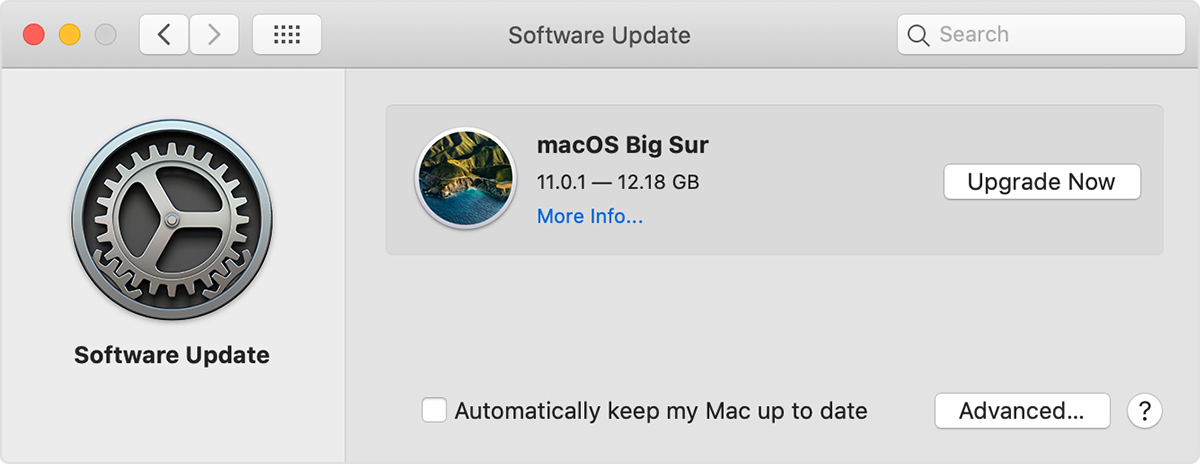

- #SEARCH FOR TEXT ON A WEB PAGE MAC HOW TO#
- #SEARCH FOR TEXT ON A WEB PAGE MAC CODE#
- #SEARCH FOR TEXT ON A WEB PAGE MAC MAC#

To find out if your backlinks are passing link juice, you should check to see if the links have nofollow attributes inside them. This is a very common thing you will see in the links present in the comment section of blogs. Nofollows are an attribute that can be coded into a link to stop the link juice from flowing to a website.

"Link Juice" is a non-scientific term for the so-called power that the link provides your website or webpage in question. Search engines factor in the number of links that point to your site when they are ranking your site in their engines. That link is seen by search engines as an endorsement. In the world of SEO, getting another website to link to your site is a great achievement. If you engage in link building, then checking your backlinks to see if they are nofollowed is a must.īut before I go further, I have to talk a little about what "link juice" is. You know those results Google provides when you're searching for something? If you're going to take one thing away from this article, pay attention to this: It's the most important thing in your source code. The title tag is the holy grail of on-page SEO.
#SEARCH FOR TEXT ON A WEB PAGE MAC CODE#
Commands like CTRL + F (for Find) will help you quickly scan your source code for important SEO elements. Usually, the same search functions you use for normal web browsing apply to searching in your source code.
#SEARCH FOR TEXT ON A WEB PAGE MAC HOW TO#
Once you know how to view the source code, you need to know how to search for things in it. Chrome – Navigate to "View" and then click on "Developer" and then "View Source." You also can right click and select "View Page Source." The keyboard shortcut is Option+Command+U.Firefox – You can right click and select "Page Source" or you can navigate to your "Tools" menu, select "Web Developer," and click on "Page Source." The keyboard shortcut is Command + U.You also can right click on the webpage and select "Show Page Source." Safari – The keyboard shortcut is Option+Command+U.You also can right click on the webpage and select "View Page Source." Then click on "Tools" and select "View Source." Or you can click on the weird-looking key with three horizontal lines in the upper right hand corner. While holding down the CTRL key, press the "u" key.) Alternatively, you can go to the "Firefox" menu and then click on "Web Developer," and then "Page Source." Firefox – CTRL + U (Meaning press the CTRL key on your keyboard and hold it down.Do them a factor and explain the trick to them or - better still - send them this page. Now, the power users amongst you probably already know a few of these tips, especially the built-in features, but you can bet that you have at least a few friends or family members who are frustrated trying to do these searches. If I remember correctly, I found the bookmarklet here, on, amongst several other useful bookmarklets.
#SEARCH FOR TEXT ON A WEB PAGE MAC MAC#
Just tap (or click - it works on Mac too) the bookmark, type your search term, and you’ll be redirected to a site-specific Google search.

Site searches Who are you looking at?ĭid you ever get forced to complete a captcha just to perform a search on your favorite internet forum? No more! Here we have a bonus bookmarklet that works like the one above, only it searches the current site, not just the current page. It’s way better than the built-in method, which shows Apple at its worst, interface-wise: Functions are hidden to make the design appear simpler, but end up making it much more complex. You just tap the bookmarklet in Safari’s bookmarks bar, and a box pops up ready for your to type your search term. The other big advantage of this method is that it is easy to use on iOS without tapping into the share menu.


 0 kommentar(er)
0 kommentar(er)
